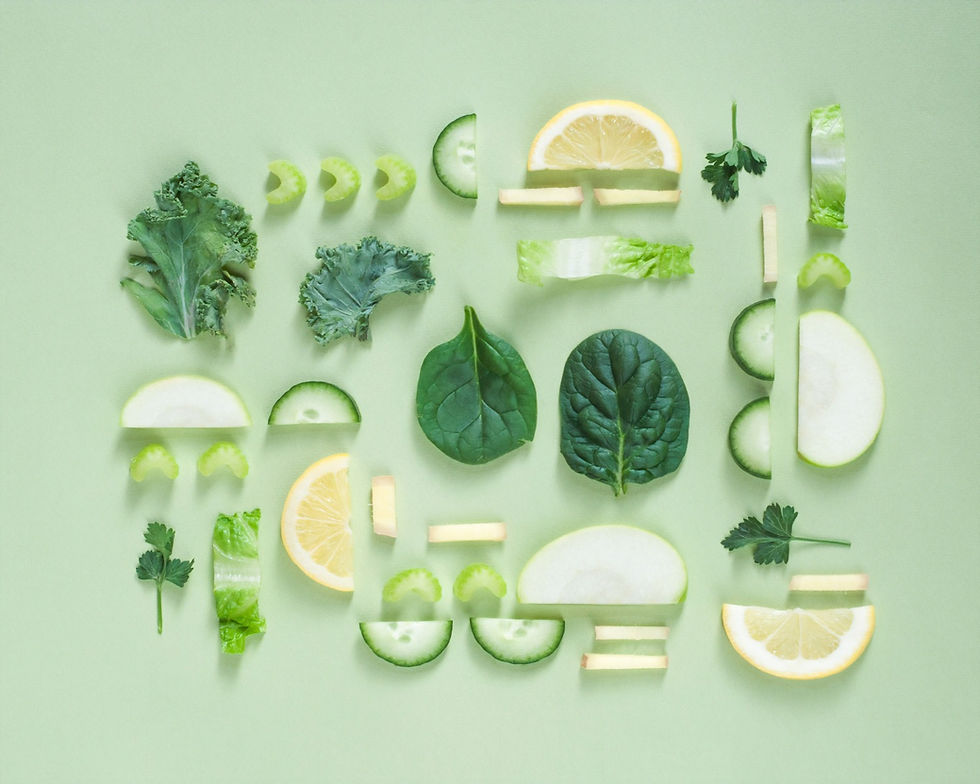Sustainability In Ruminants
- SPS International

- Apr 30, 2022
- 3 min read
The world’s population is growing. As a globe we need to produce more food in the next 35 years than we have produced in the last 8,000 years.

We know that ruminants will play a huge part in food production regardless of their image in the media and recent documentaries.
Despite the methane gas emissions and a large feed volume requirements for ruminants, many experts believe that the media misses the point of utilising ruminants as part of the food system.
In this blog, we evaluate how ruminants can be sustainably managed and play a large part in food production for the future.
What Are Ruminants?
Firstly, it is important to establish how ruminants digest their food. Ruminants acquire their nutrients from plant-based food by fermenting it in a specialised stomach prior to digestion.
Importantly, ruminants have the ability to utilize non-human-edible food sources that may otherwise be unusable for humans. Around 90% of all the biomass that agriculture produces is not edible by humans so the need for that biomass to be brought back into circulation is essential.
Cattle, sheep, goats, buffalo and even giraffes and camels all contribute massively to the world’s food production so reducing their environmental impact is paramount for sustainability.
Ruminants are particularly useful in converting vast renewable resources from rangeland, pasture and crop residues or other by-products into food edible for humans.
Two of some of the biggest hurdles for ruminants in becoming sustainable are methane gas production and the usage of land. These factors have led to businesses and organisations innovating and finding new solutions to counteract the environmental impact of the added growth in demand.

Land Usage
Making the most of the land we have will help become more efficient and sustainable and ruminants can help us do just that. Utilising what otherwise would be wasteland is a great way to increase food production and make the most of unwanted land.
Our World In Data shows that 71 percent of the land on Earth is considered habitable, and half of that land is used for agriculture. Of that 50 percent, 77 percent is used for livestock, either as land for grazing or land to grow animal feed.
Regardless of this, improvements and innovations have shown more efficient methods for land and water usage. Studies have shown that semi-intensive silvopastoral systems used four times less land.
Methane Gas Production
As a globe, greenhouse gas emissions can dramatically impact the environment and reducing the waste emissions can help make food production more sustainable.
Innovations in technology have meant that methane gasses produced by cows can now be both reduced and converted into renewable energy.
Suscon Cow Power converts cow manure into renewable energy and prevents harmful methane from reaching the atmosphere. Methane digesters have been used for years as a way to reduce harmful greenhouse gases and generate renewable energy to power farms and the state’s economy too.
In addition to this, feed additives can be used to reduce methane emissions from the source. Feed additives can inhibit the microorganisms that produce methane in the rumen and subsequently reduce methane emissions. There are three main types of methane reducing feed additives and supplements: Synthetic chemicals, fats & oils, and natural supplements and compounds such as tannins and seaweed.
Feed additives can not only reduce the impact of ruminants on the environment but for businesses, they can improve the efficiency of feed utilisation as well as adding important fats and oils to the diet.
Whilst the use of animals as human food could be reduced, herbivorous animals that consume food that humans cannot eat and are kept using sustainable systems are important for the future use of world resources.





